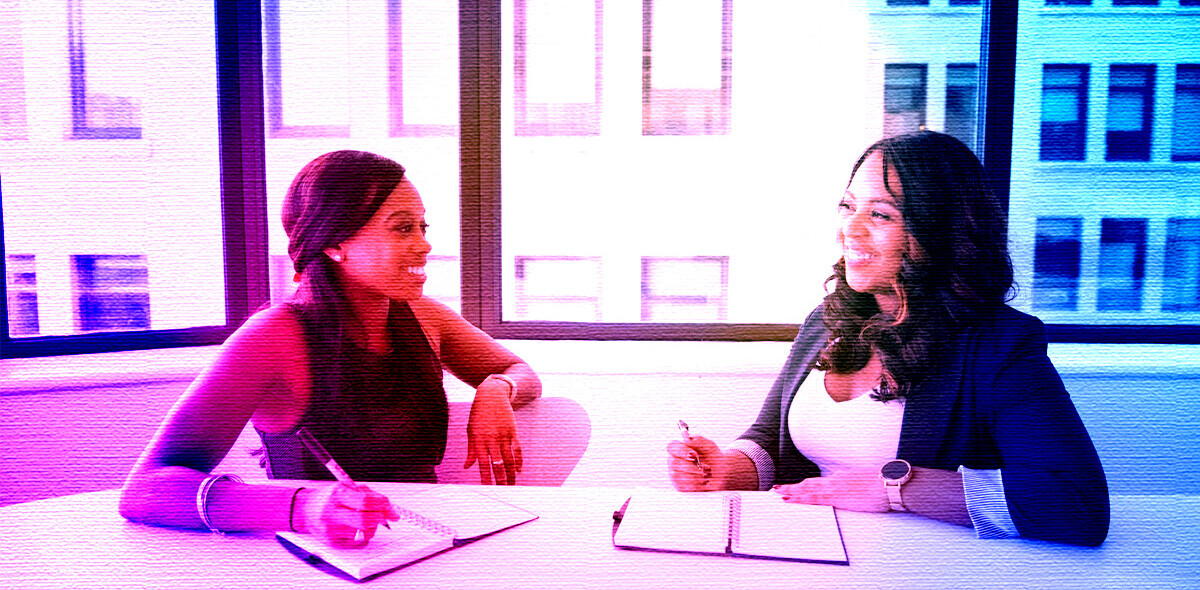Welcome to the Mariana Trench of uncanny valleys. A team of researchers led by engineer Marc Teyssier recently developed a ‘human skin’ interface that allows you to control your phone by stroking, pinching, and tickling its fleshy backside.
Called ‘Skin-On,’ the silicone-molded faux flesh was developed as a novel method of human-computer-interface. The idea, according to the team’s research paper, is to push the bounds of intuitive interactivity:
There is a long history of research into the design of artificial skin in the field of Robotics, either to help with environment exploration, or to endow robots with human-like sensing capabilities. Artificial skin is however usually designed with aesthetic and safety requirements in mind, rather than for harvesting interactive properties of the skin that are specifically useful for human-computer interaction. Our work contributes towards this direction.
Grabbing, pulling, and manipulating stretchy flesh may not be the most appealing way to work a smartphone, but it’s more of a proof-of-concept for bolder ideas. Though, who wouldn’t want to tickle their phone to clear notifications or pinch it to hang up a call?
And, best of all, you can actually make it yourself. The researchers used a silicone substance called Dragon Skin to create the realistic texture. Teyssier outlines the process on his blog:

- Creating the top textured layer. The epidermis layer is built by pouring DragonSkin silicone with beige pigments on a skin-like texture mold.
- Positioning the electrodes. Once cured, the top layer is positioned on a pane, with the texture facing down. I used conductive threads (Datastretch) placed in a perpendicular grid on top of the artificial epidermis to form the electrodes.
- Adding hypodermis. We prepare a rectangular mold of the size of the desired artificial skin and place it on top of the sensing layer. The hypodermis viscous silicone layer of Ecoflex Gel is poured inside the mold to reach the desired fat thickness, i.e. 10mm in this example.
- Connecting electronics. The electrodes are then connected, i.e. they are soldered to the hardware sensing platform.
- Shaping the Skin-On. To improve the visual appearance of the interface, the excess of silicone can be trimmed before being folded around the side of the hypodermis layer and glued with silicone glue. Paint or makeup can be added to shade the artificial skin with flesh like tonal variation, thus increasing anthropomorphism.
This isn’t the first ‘robot flesh’ we’ve heard of. There are several ‘smart skin‘ technologies out there in the wild, especially in the ‘sex robot’ domain. But nearly all of those are just fake flesh with pressure sensors. The difference between a robot ‘sensing’ touch and one that has interactive flesh is huge. An iPad can sense touch, but a robot that knows when and where you’re tickling or pinching it is an entirely different thing.
Of course, there’s certainly uses for this technology in the field of robotics that go beyond the sex industry. Robots that ‘feel’ injury or replicate pain could revolutionize industrial safety testing. And home service robots might seem more like members of the family if they respond appropriately to physical interactions like a pat on the back or a friendly touch on the elbow.
Get the TNW newsletter
Get the most important tech news in your inbox each week.





